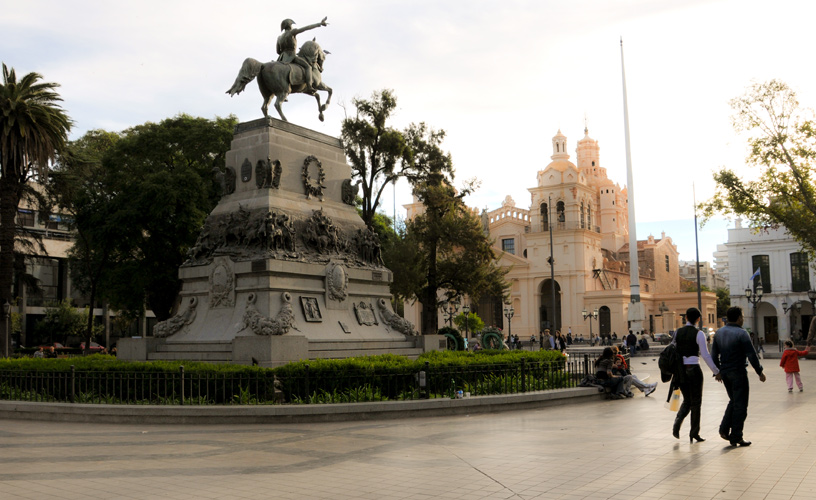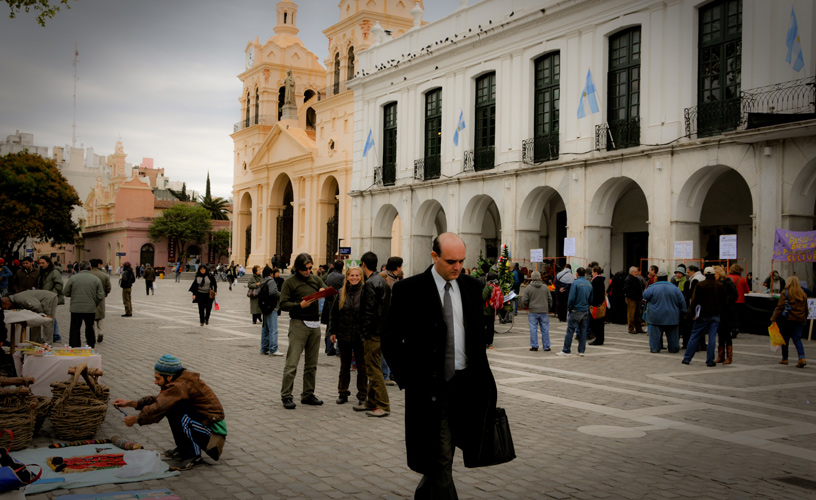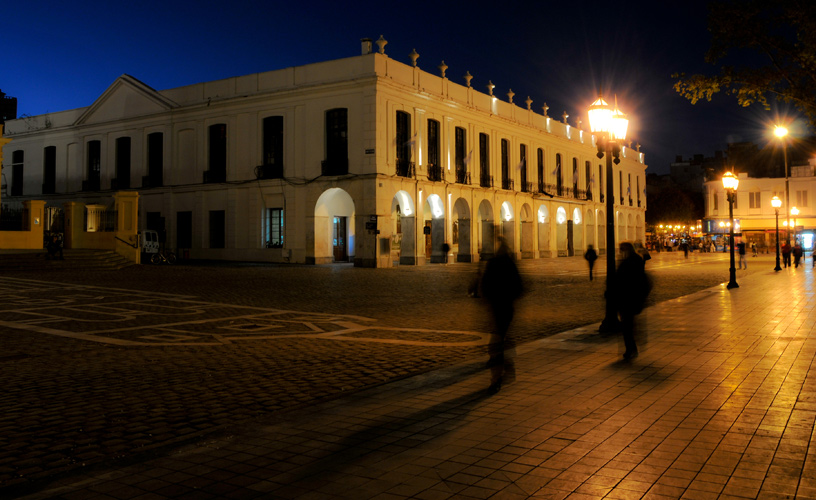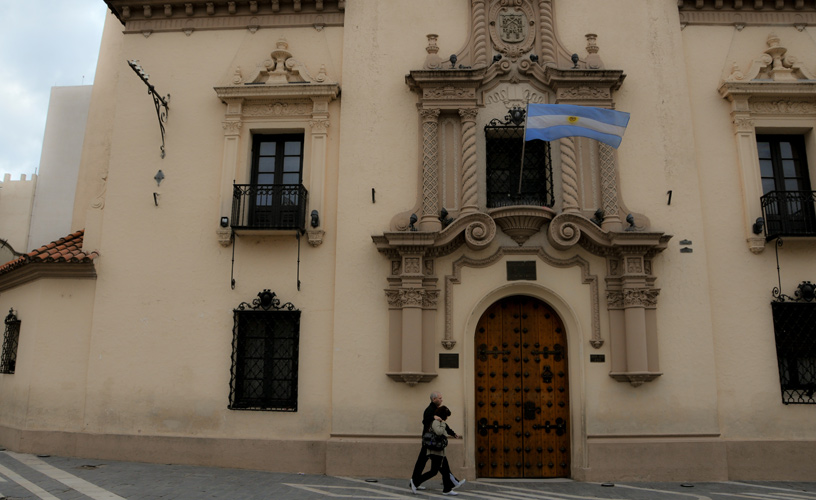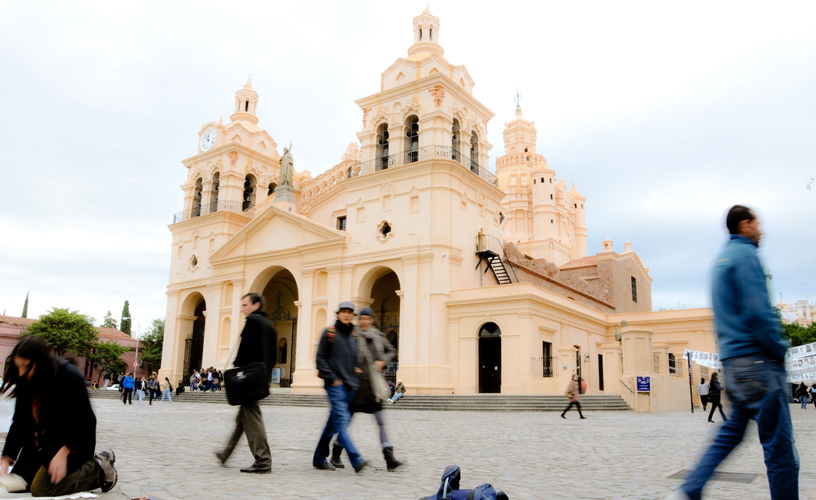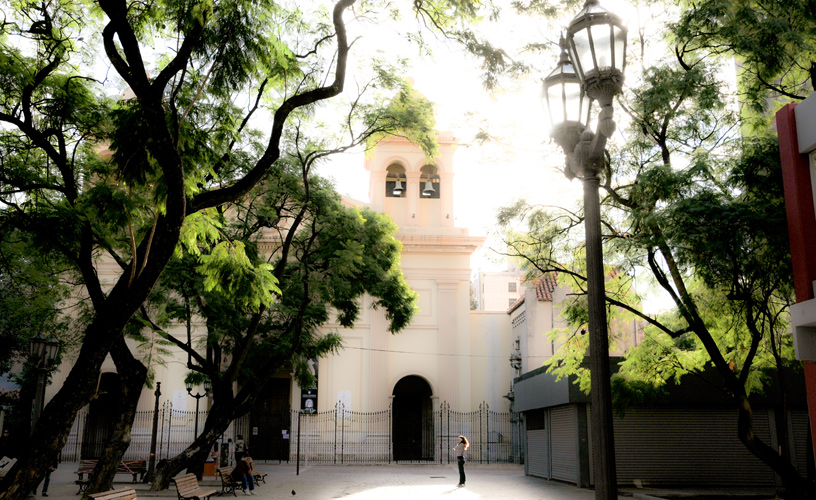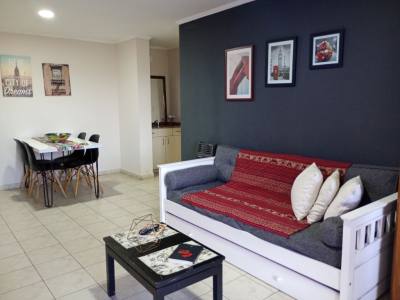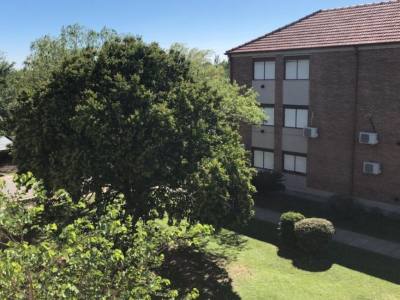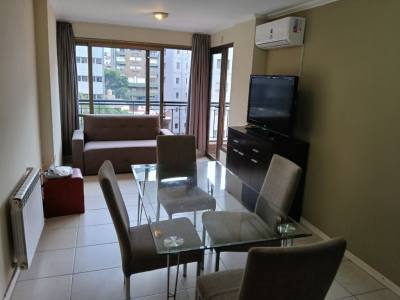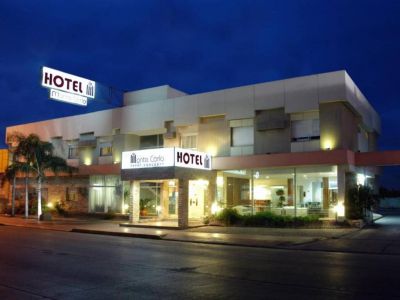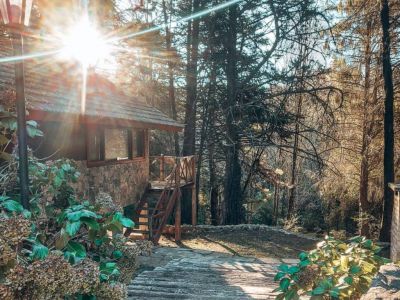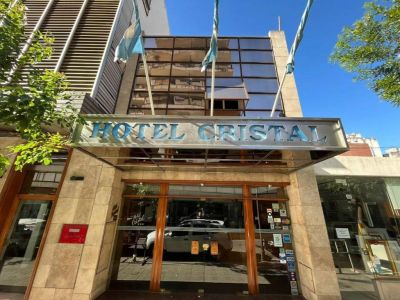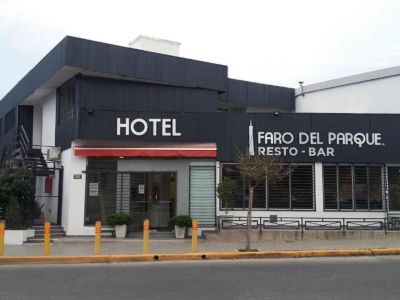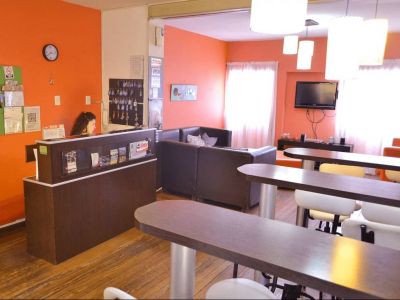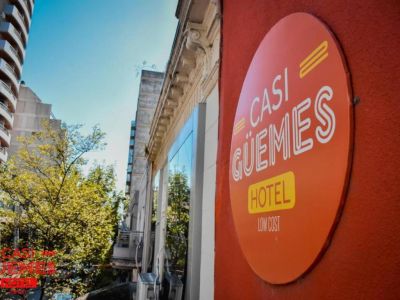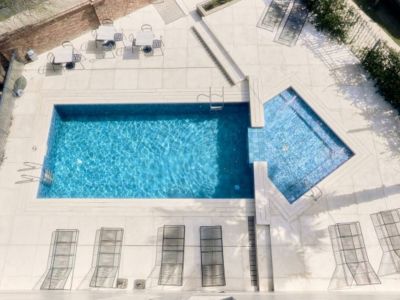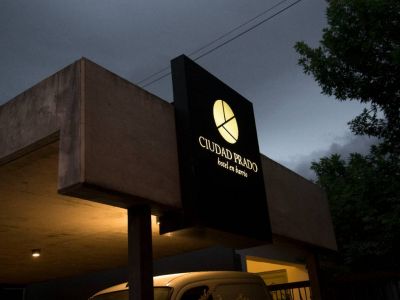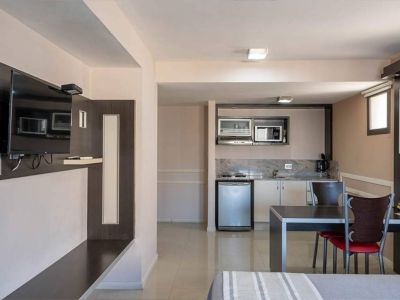Learning about the foundation of the City of Córdoba involves a series of very interesting facts and circumstances that add luster to this beautiful metropolis. We went on a guided tour starting at San Martín Square where the Spanish Conquistador Jerónimo Luis de Cabrera founded the city on July 6th, 1573 as Laura, our guide, explained. He laid out the first 70 blocks on high ground away from the river in the typical Spanish grid style, including a fort as protection. The native inhabitants, called ‘Comechingones’, grew crops and bred cattle besides being skillful weavers and potters. The City Hall and the church were the first buildings erected opposite the square, which was a public meeting place. A bronze equestrian statue of General San Martín on a granite base decorated with republican symbols now stands in the square.
A Center with its Very Own History
The first City Hall was smaller. It was not until the end of the eighteenth century that it acquired its present size. The arcade was later added to the classical architecture of the building. It has been the government house, municipality and police headquarters and its façade, cells, upper galleries and City Museum can be visited.
The walls and floors of the catacombs and corridors leading to the central court still have their original materials such as adobe bricks and carob rafters. The Red Hall or Chapter House, where official ceremonies take place, is on the second floor as is the cultural museum.
We eagerly made our way to the cathedral on foot. Completed in 1578, it has undergone several changes during its 200 years. It has become more European, leaving its colonial features aside.
Mónica Pons
Eduardo Epifanio
Contact of the excursion or tour
Nativo Viajes
Independencia 174, Córdoba, Córdoba, Agentina
Phone: +54 351-4245341
